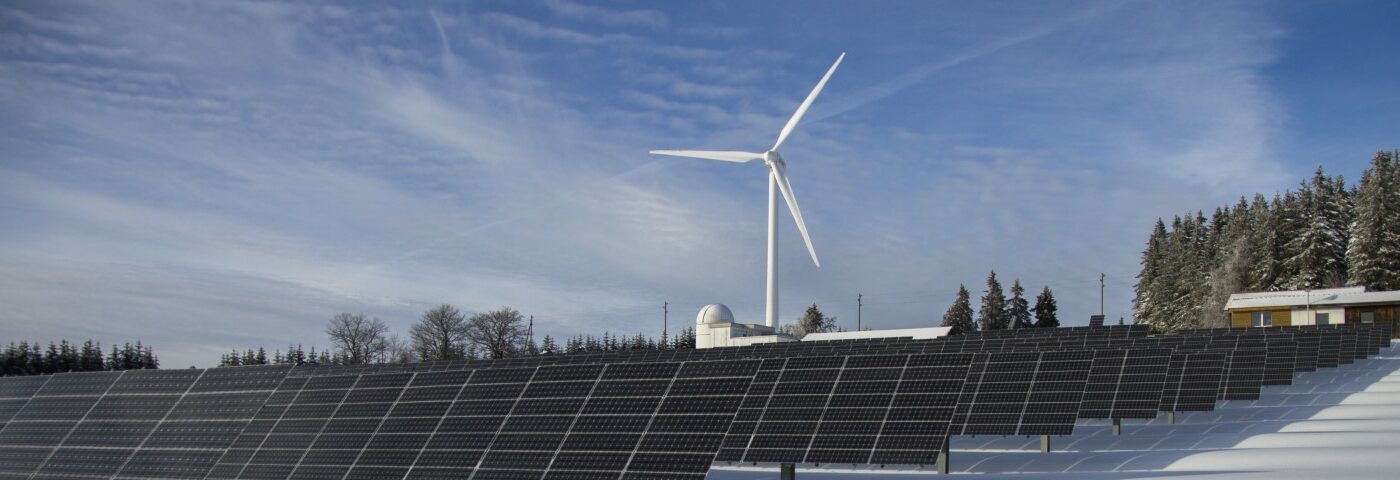Finding big pieces of land for wind and solar farms is getting harder. It will be necessary to improve the capacity and operational effectiveness of developers. The amount of electricity produced from renewable sources must steadily increase in order to reach the net-zero carbon emissions target by 2050. According to a McKinsey forecast, onshore wind and solar power will account for the great bulk of the 8,800 gigawatts (GW) increase in worldwide renewable electricity capacity between 2021 and 2030, which is just a few short years away.
As the supply of viable, commercially acceptable land becomes more scarce, developers must continually locate new sites with increasing rapidity. The majority of the most desirable of these areas are already occupied. The greatest places for solar farms are flat, dry, sunny areas, while the optimum locations for wind turbines located onshore are the peaks of smooth, rounded hills, broad plains, and mountainous gaps that concentrate and increase wind.
Some of the major obstacles facing wind and solar developers as they look for clean-energy real estate are as follows:
• Limits set by regulations and sustainability – The analysis shows that in Germany, 51% of the land is suitable for wind farms. After accounting for technological, environmental, and regulatory restrictions, only 9% are left. By 2035, only 9% of the available land can be powered by renewable energy. Onshore wind capacity standards require wind turbines to occupy 4% to 6% of Germany's land, leaving little room for mistake for developers. Other nations like France also experience similar regulatory restrictions.
The land-use protests surrounding US solar installations are becoming more heated. Due to organised public resistance, 10% of the projected solar capacity was cancelled in 2021. Also, provincial authorities in Hebei, China, have outlawed solar panels on agricultural property.
• Increasing land prices – Different parties, including renewable energy developers, power producers, major utilities, oil and gas businesses, financial actors, commercial and residential developers, and agricultural firms, have shown interest in the locations for wind and solar installations. Over the last ten years, land values have increased as a result of this interest. While land values in Germany and the United States increased by roughly 10% yearly between 2011 and 2020, countries like France and Spain only had modest price rises of 1% annually.
• Long and erratic development period - When looking for desirable places for wind or solar installations, it's important to take into account not only the land's physical attributes but also the time and effort needed to obtain the necessary permissions. It takes the longest for onshore wind projects to receive clearance, with eight and seven years, respectively, being the median timespan seen by French and Italian developers.
As a result of public opposition, this permitting and development procedure is also susceptible to delays. New solar and wind projects may encounter considerable difficulties even when they are not prevented.
• Rising grid congestion - A large-scale grid infrastructure that will deliver renewable energy to end customers is required for solar or wind installations, in addition to land. In many nations, the land best suited for wind and solar development is far from the urban areas with high population densities as well as the commercial and industrial hubs that have the greatest need for electricity.
This is especially true in the United States, where there are considerable power disparities. States with high population densities, like California, Massachusetts, and New York, have significant power deficits (of ten to 40 gigawatt hours), whereas rural states, like North Dakota, Texas, and Wyoming, have surpluses (of 30 to 40 gigawatt hours).
Connecting to the grid for renewable energy plants may take months or even years. There are times when projects must be abandoned, which results in lost money and missed opportunities for developers, authorities, and society. Although the United States is the country where this issue is most prominent, it also affects nations like Australia, Germany, and Italy.
• Developer implications – Here are five crucial steps developers may want to start:
o Build strengths in early land origination
o Create agile and lean processes across the organization
o Incorporate a bottom-line view for site identification
o Look to industrial players for additional land and new customer revenue
o Strengthen communication and public advocacy

